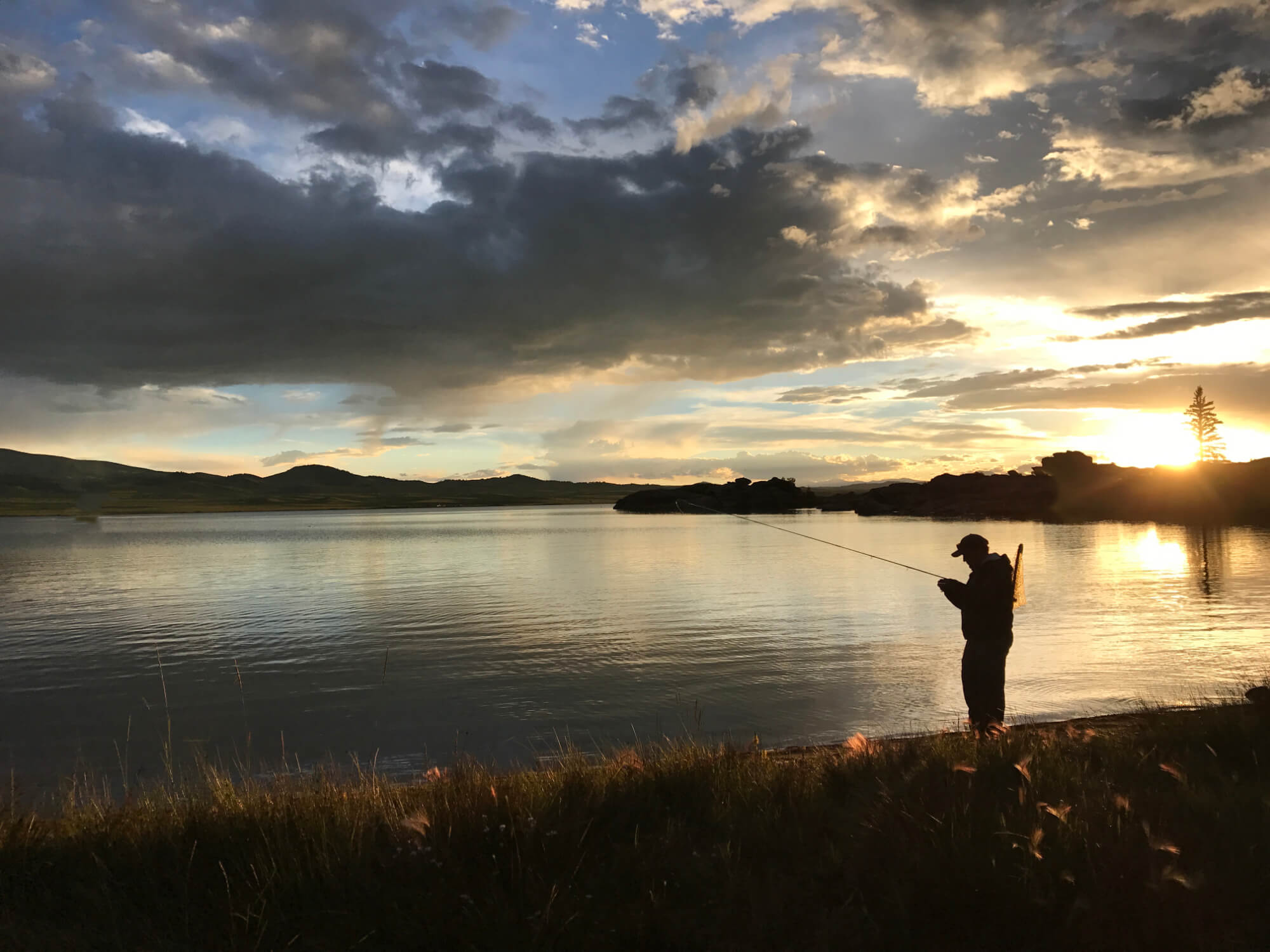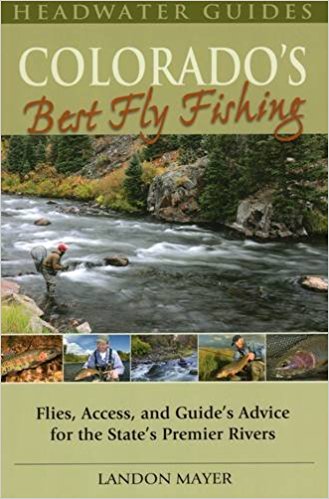11 Mile, Antero, Spinney Mountain Reservoirs

Current Conditions

Colorado Reservoirs
From Landon’s book Colorado’s Best Fly Fishing.
Once a meandering meadow ox-bow stream in a vast valley full of wildlife without few marks made by man to the water shed, two water supplying reservoirs were dammed and made in the Spinney Mtn. Ranch area of the South Platte. Spinney Reservoir, which supplies Aurora Colorado’s water, and 11 Mile Canyon Reservoir which supplies the large city of Denver with it deep-water basin. Some historic resemblance of the ranch land, cabins, and barns are still barley standing to this day. Along with the railroad that supplied travel and wild flower tours for travelers, dating back to the late 1800’s when the mining in near-by Cripple Creak brought many to strike it rich to this classic western land.
The beauty of this section of the South Platte is all of the water is open to the public. Colorado State Parks and the Colorado Division of Wildlife have fences running across certain zoned sections with wooden steps for angler’s access. There are six parking areas and pull offs along, or within a few hundred yards walking distance.
The terrain, once you are parked and in place, is flat and easy to navigate. With five and a half miles of river, you can cover a lot of ground. However, do not let the landscape fool you. This section of the South Platte is located at 8,700 feet, and if you are not use to the elevation, it can become a work out instead of a day of fishing. The river viewed from the few tall rolling bluffs it meanders around can feel intimidating. The key is to make each section of the river you fish a fresh start, you may have to change your depth, drift, and approach constantly because of the rivers make. For example below the middle section of the river you will reach a point where the manmade stream improvements end. Then the river flows with out the addition of rocks and logs for hiding areas. You will want to approach with more caution in the structure free water, because the trout are more wary, with fewer palaces to hide.
This area of the South Platte has become a migratory fishery. With resident trout that live in the water year round. There is also the addition of fish that will move up the river from 11 Mile Reservoir and reside in the river during the summer run off, and months. The dream Stream produces on average larger trout than any other section of the river because they can simply escape and find refuge in 11 Mile Reservoir where they can grow beyond average size on insects, baitfish, and crayfish without the pressure of man. These hatches start with midges in the winter followed by Blue winged Olives in the spring and fall. Leading and following the complex, and vast hatches of Caddis, Pale Morning Duns, Tricos, Yellow Sallies, and midges.
But it doesn’t stop there you can also fool some of these fish with Hoppers, Simulators, and even mice in high water usually in the summer and fall’s late hours of each day. Every discipline is effective in the 5-mile stretch. Dries, Nymphs, and streamers. The key to knowing what tools are best is determined by water flow. For example when the flows are high and the water stained, streamers will fool many fish because they have more cover, and water to spread out and attack the small fry in the river. On the other hand, in low water when levels drop the trout will stay put and often look up with the lack of flow to deliver food below the waters surface making dries more effective.
For a proper fly selection, you want to have attracting flies, and imitations that appear more subtle for the different seasons and flows. Because the watersheds are used for supply and demand not recreational purposes, they are subject to change at any time. This makes your fly selection the second most important factor next to a proper presentation. As well known author and angler in the fly-fishing industry Ed Engle puts it
When you are rigging to fish the Dream Stream section of the South Platte, fluorocarbon is necessary in the open, well lit valley of South Park. In addition extending your leader and tippet lengths resulting in ten to twelve foot leaders will give you an advantage in making presentations to large wary trout without them detecting you or the fly line resulting in more hook ups. With the water levels typically remaining low always start light when you are using nymphs or streamers then add more weight if necessary to reach the depth of the trout. This will give the fish a chance to move up in the water column to take your fly and prevent you from snagging the river bottom or disturbing your drift, which can spook many trout especially the fish holding in the long meandering riffled runs between holes. In fact, this section of the South Platte is a great area to learn and develop the technique of sight fishing where a strike indicator becomes obsolete. This makes you rely on the trout’s movement or behavior for knowing when to set the hook or when the trout has taken your fly beyond seeing rising trout.
